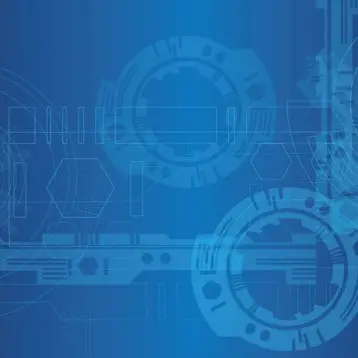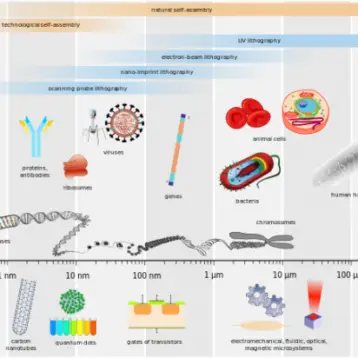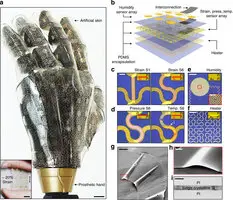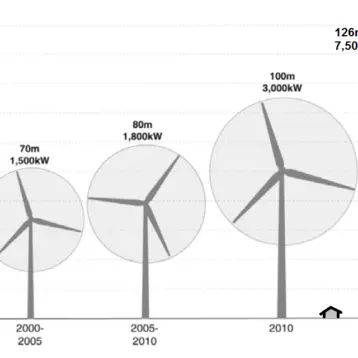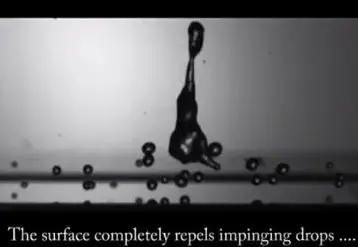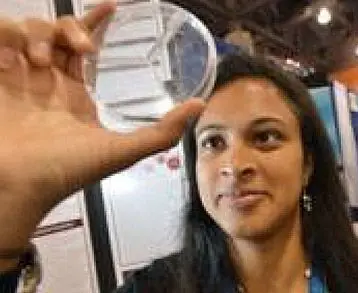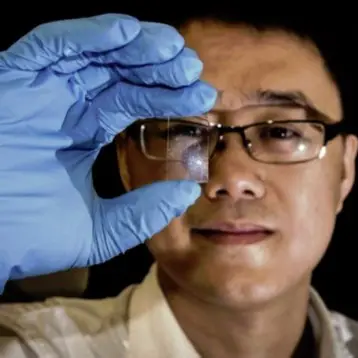The new method was developed by Northwestern chemistry professor Chad Mirkin. Mirkin has been developing new nanolithography methods for over a decade; this new system is an extension of a polymer pen method Mirkin developed in 2008. Mirkin calls the method “hard-tip, soft-spring lithography” and has successfully carved out 30×30 micrometer replicas of the pyramid found on United States paper currency. Each image consisted of 6,982 dots with a resolution of 855 million dots per square inch. He was able to print a square centimeter worth of replicas in just 200 minutes. He has also successfully tested the method with both electronic and biological materials.
In addition to supporting both additive lithography and etching, the new method is significantly faster than the nanolithography methods in common use today such as depositing molecules onto a surface using the tip of an atomic force microscope or carving them out using an electron microscope.
The new nanolithography technique can be used for many things. One common use may be for prototyping new and experimental computer chips or for production runs of specialized niche chips for military or other industry-specific applications. In the longer term, the method could be used for a variety of medical applications including diagnostics and the manufacture of artificial cells to test new medicines and other treatments. The technique may also be used to develop new pharmaceuticals.
TFOT has previously reported on other nanotechnology manufacturing techniques including nanoscale particles developed at Berkeley that can self-assemble into various optical devices, a new silver nanoparticle ink that could be used to construct flexible electronics or solar cells, and a method for printing flexible carbon nanotube batteries that could be used to power long term low power electronics.
Read more about the various nanolithography techniques developed by Dr. Mirkin and his research group at Northwestern on his group research page. For more information on this specific technique, read the abstract of a paper published in the journal Nature or read this Northwestern University news article.


